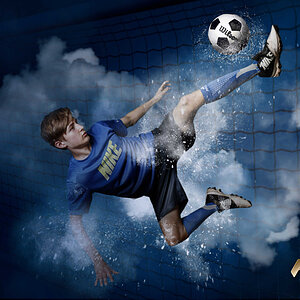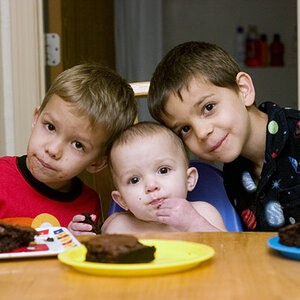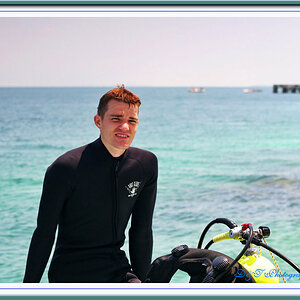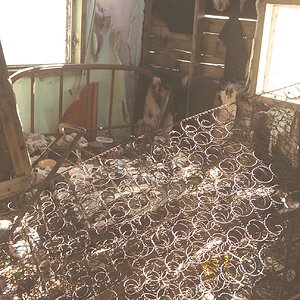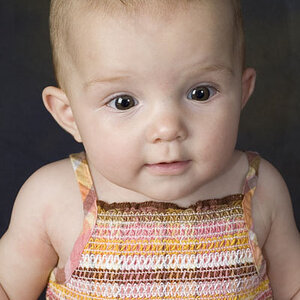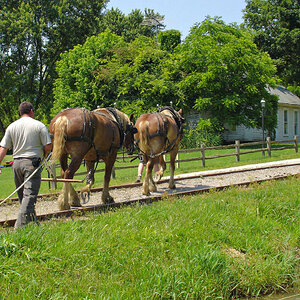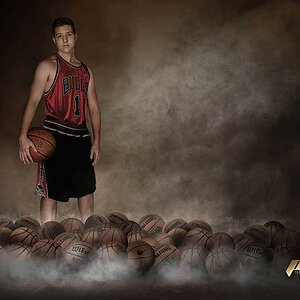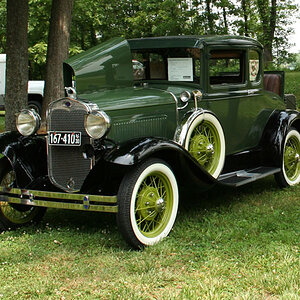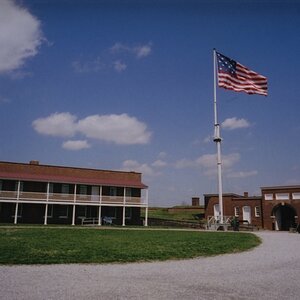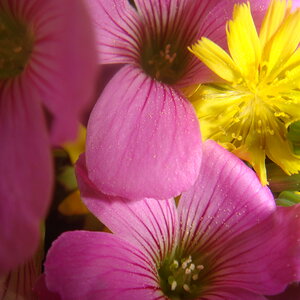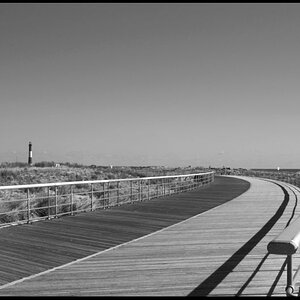BJPhotography
TPF Noob!
- Joined
- Mar 2, 2011
- Messages
- 102
- Reaction score
- 5
- Location
- Virginia
- Can others edit my Photos
- Photos OK to edit
I am trying my darndest to get this exposure triangle right.
My settings are: 50mm lens.
1000 iso
1.8 aperture
1/15 shutter speed
I spot focused on the lens. I was standing about 10 feet from the table.
My camera was not on a tripod.
Did I get the exposure right?
The histogram, once again, says Im right on but....we know how trustworthy they can be.
Thanks all.
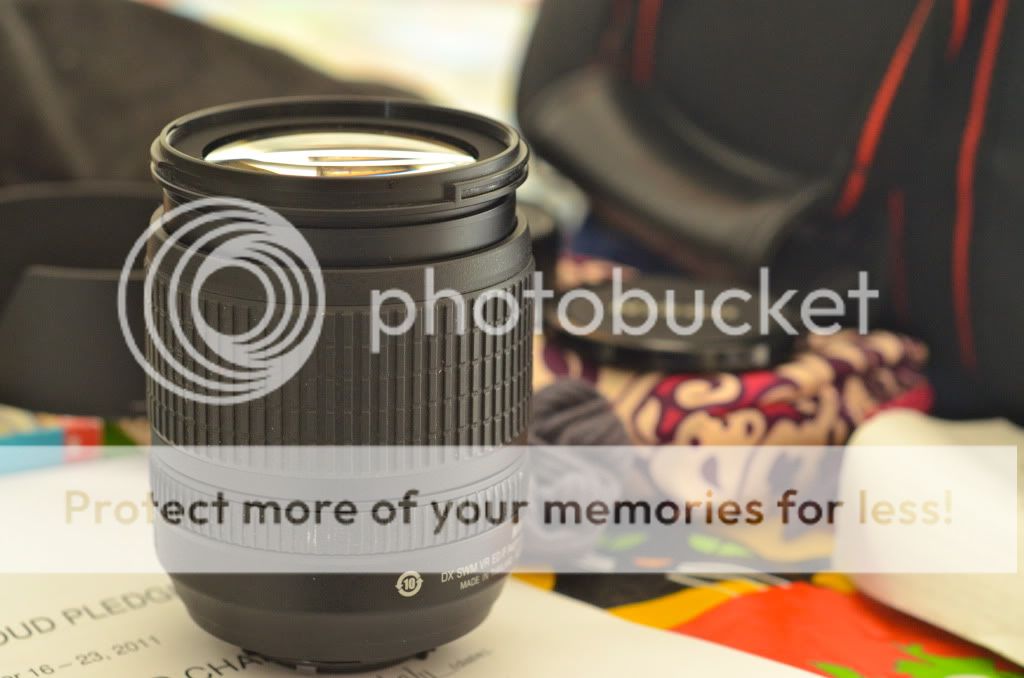
My settings are: 50mm lens.
1000 iso
1.8 aperture
1/15 shutter speed
I spot focused on the lens. I was standing about 10 feet from the table.
My camera was not on a tripod.
Did I get the exposure right?
The histogram, once again, says Im right on but....we know how trustworthy they can be.
Thanks all.



